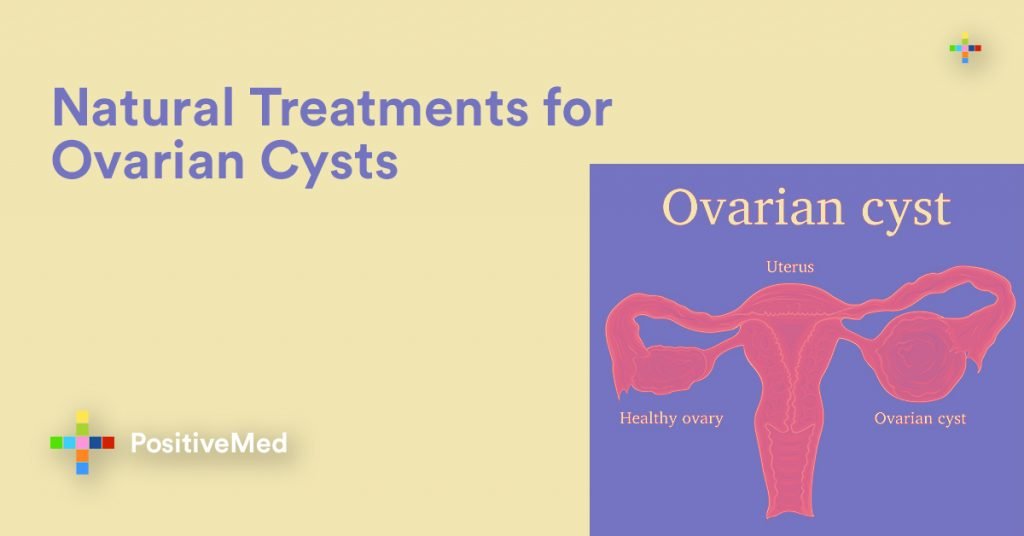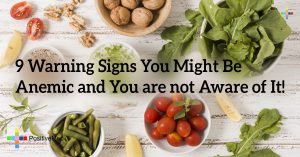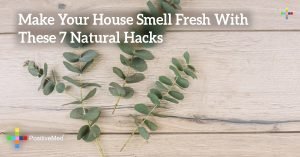If you are a first-time visitor, please make sure to follow us on Pinterest and like us on Facebook to receive all information you need to have a happier and healthier life.
Functional ovarian cysts often don’t need treatment (for signs of ovarian cysts click here ). They usually go away on their own within 8 – 12 weeks. If the patient has frequent cysts, your doctor or nurse may prescribe birth control pills (oral contraceptives). These medicines may reduce the risk of new ovarian cysts. Birth control pills do not decrease the size of current cysts.

Surgery to remove the cyst or ovary may be needed to make sure it isn’t ovarian cancer. Surgery is more likely to be needed for:
• Complex ovarian cysts that don’t go away
• Cysts that are causing symptoms and do not go away• Simple ovarian cysts that are larger than 5 – 10 centimeters
• People who are menopausal or near menopause
Types of surgery for ovarian cysts include:
• Laparoscopy
uses a very small incision and a tiny, lighted telescope-like instrument. The instrument is inserted into the abdomen to remove the cyst. This technique works for smaller cysts.
• Laparotomy
involves a bigger incision in the stomach. Doctors prefer this technique for larger cysts and ovarian tumors. If the growth is cancerous, the surgeon will remove as much of the tumor as possible. This is called debulking. Depending on how far
Other treatments may be recommend if one has polycystic ovarian syndrome or another disorder that can cause cysts.
To lessen the severity of symptoms herbal practitioners use several herbs that help balance hormone levels and can reduce the size of the cysts, helping the body shed its remains. Herbs do not work instantly and are a much more gentle approach to getting rid of the cyst. It can take several months for an herbal protocol to show results.
• Chasteberry
is commonly prescribed to help balance estrogen and progesterone while shrinking ovarian cysts and fibroids, says “The Natural Menopause Handbook.” Chasteberry should be taken first thing in the morning after you awaken, and about one hour before breakfast for best results, according to the University of Maryland Medical Center. They recommend taking 20 mg to 40 mg daily. Chasteberry is not fast acting. Allow up to three months before beginning to see results. Chasteberry is considered safe when used according to directions. It may cause mild side effects like digestive upset, diarrhea, or dry mouth. You can purchase Chasteberry extract on Amazon here .
• Red clover
is high in phytoestrogens, plant-like substances that mimic the action of estrogen on the body. Red clover is known for its ability to help balance female hormones and is often prescribed as a tea not only for treatment of ovarian cysts but during various other times in a woman’s menstrual cycle. Red clover is also available as a tincture and in dried herb form. It is considered safe when used according to directions. Consult an herbal specialist or health care practitioner for directions for your specific needs.
A tea consisting of a variety of herbs known for their effects on female hormones may be helpful for the treatment of an ovarian cyst. The tea helps the uterus expel the leftover debris after using chasteberry. Make the tea by combining 1 teaspoon (4-5 grams) each of cramp bark, motherwort, burdock root, and rhizome of wild yamwith 1/2 teaspoon (2-3 grams) each of ginger root, mullein leaves, cleavers leaves, and prickly ash bark. Store the dried herbal mixture in a cool dark place. Ask your health care practitioner for quantities and frequency of dosing for your specific needs. This herbal mixture is also available in prepared capsules at health food stores.
Disclaimer: This article is for informative purposes only, and should not be used as a replacement for expert medical advice
Surgical and natural treatments for ovarian cysts
By Khrystyana Kirton
Edited by Stephanie Dawson
Reviewed by Nima Shei MD
SOURCES
Ovarian Cysts: Treatment, Mayo Clinic –
Ovarian Cysts & Treatment, WebMD –
Ovarian Cysts, Natural Home Remedies –
Ovarian Cysts, Native Remedies –
“The Natural Menopause Handbook: Herbs, Nutrition, & Other Natural Therapies”; Amanda McQuade Crawford; 2009








